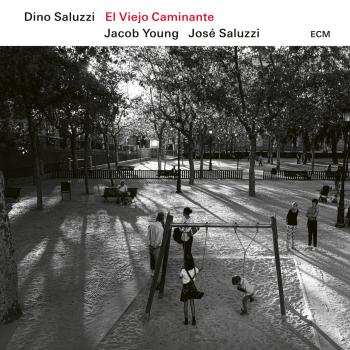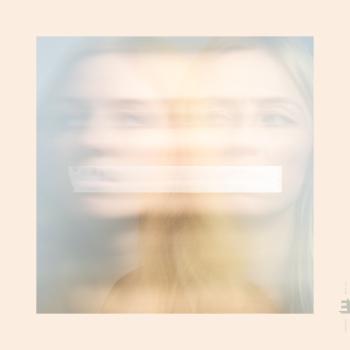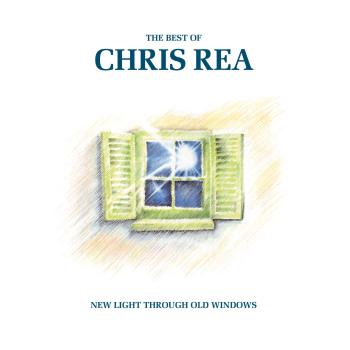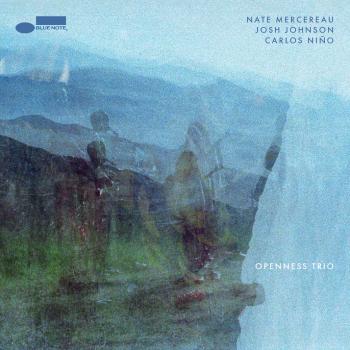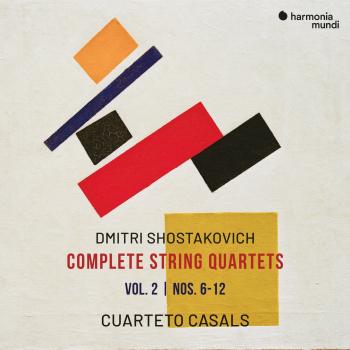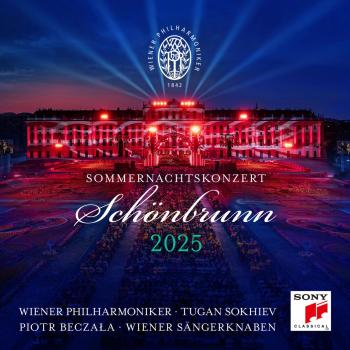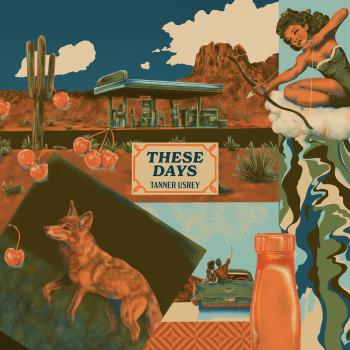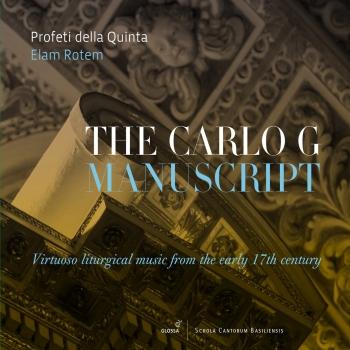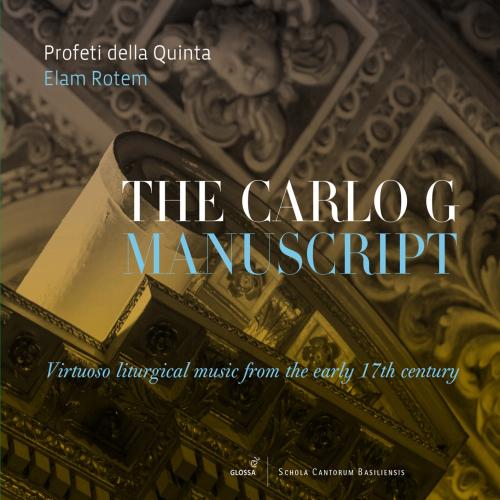
The Carlo G. Manuscript: Virtuoso Liturgical Music from the Early 17th Century Profeti Della Quinta & Elam Rotem
Album info
Album-Release:
2017
HRA-Release:
09.05.2017
Album including Album cover Booklet (PDF)
- Anonymous:
- 1 Veni dilecte mi 06:30
- 2 Tota pulchra es 02:07
- 3 Amor Jesu dulcissime 02:02
- Paolo Quagliati (ca. 1555-1628):
- 4 Alma mater 03:23
- Giulio Caccini (1551-1618):
- 5 Benché sovra le stelle (Per monache) 02:10
- Anonymous:
- 6 Ricercar (Biblioteca musicale Laurence K.J. Feininger MS FP 236) 02:44
- 7 Sub umbra illius 02:25
- 8 Toccata in D Minor (Chigi MS Q IV 24) 01:56
- 9 Mater Hierusalem 02:40
- 10 Ego flos campi 01:53
- 11 Ego dormio et cor meum vigilat 02:54
- 12 Panis angelicus 03:54
- 13 Toccata in A Minor (Chigi MS Q IV 27) 01:32
- 14 Iste est (Per S. Bernardo) 02:28
- 15 Peccavi super numerum 03:00
- 16 Toccata elevatione (Chigi MS Q IV 29) 04:28
- 17 Miserere 04:45
- 18 Nigra sum 02:23
- Girolamo Giacobbi (1567-1629):
- 19 Luce gratiae tuae 02:30
- Paolo Quagliati:
- 20 Toccata dell'ottavo tono 02:49
- Giulio Caccini:
- 21 Deus Dominus meus 02:14
- Anonymous:
- 22 Canzone (Biblioteca musicale Laurence K.J. Feininger MS FP 236) 01:43
- 23 Sicut sponsus matris 03:20
Info for The Carlo G. Manuscript: Virtuoso Liturgical Music from the Early 17th Century
Vor ungefähr 15 Jahren wurde ein bis dahin unbekanntes Dokument, das »Manuskript Carlo G«, auf einem Wiener Flohmarkt für 60 € verkauft. Anschließend wurde eine Doktorarbeit über diese Quelle geschrieben, die daraufhin auch in Form von Scans im Internet bekanntgemacht wurde. 2007 wurde das Manuskript bei Sotheby’s von einem anonymen Käufer ersteigert und ist seitdem wieder in der Versen- kung verschwunden. Das Rätsel um diese Handschrift ist umso größer, da der Name des Verfassers aufgrund eines Flecks unleserlich geworden ist. Ob- wohl diese Quelle aus der Zeit Carlo Gesualdos stammt, stammt das Manuskript mit größter Wahrscheinlichkeit nicht von ihm...
Der Schola Cantorum Basiliensis und dem Ensemble Profeti della Quinta unter der Leitung des Organisten Elam Rotem ist es zu verdanken, dass wir nun eine große Auswahl an Werken aus diesem Manuskript hören können. Dabei handelt es sich um liturgische Musik vom Beginn des 17. Jahrhunderts, die zu dieser Zeit in Mittelitalien mit Sicherheit sehr ähnlich interpretiert wurde, wie sie auf dieser CD zu hören ist. Zu den Besonderheiten der Handschrift gehören die außerordentlich exakten Anmerkungen betreffend die Ausführung der einzelnen Noten durch die Sänger und den Organisten. Diese beziehen sich auch auf die komplexen Verzierungen, die im Allgemeinen nicht näher festgelegt wurden und der Improvisation durch die Ausführenden überlassen blieben.
Auch die Akustik der Kirche Santi Eusebio e Vittore im lombardischen Peglio trägt zur Authentizität dieses in akustischer und wissenschaftlicher Hinsicht rundum überzeugenden Projektes bei!
Profeti della Quinta
Perrine Devillers, soprano
Doron Schleifer, countertenor
Ori Harmelin, chitarrone
Elam Rotem, organ & musical direction
Guests:
Plamena Nikitassova, violin (tracks 4, 9, 12)
Jörg-Andreas Bötticher, organ (tracks 4, 6, 9, 12, 20, 22)
Profeti della Quinta
Focusing on repertoire from the 16th and early 17th centuries, the vocal ensemble Profeti della Quinta aims to create vivid and expressive performances for audiences today. In particular, this is achieved through addressing the performance practices of the time. From its core of five male singers, this a-cappella ensemble also collaborates with instrumentalists and additional singers where required.
Profeti della Quinta have been active in researching and performing hitherto neglected repertoire, such as Emilio de' Cavalieri's Lamentations (1600) and Salomone Rossi's Hashirim asher li'Shlomo (1623), the first publication of polyphony in Hebrew, which they recorded on PAN Classics to critical acclaim. The ensemble performs regularly in various festivals and venues in Europe and Israel, such as the Oude Muziek Festival in Utrecht (the Netherlands), the Festival von Vlaanderen (Belgium), and the Biennale alter Musik Berlin. Profeti della Quinta took part in a documentary about Salomone Rossi, flimed in Mantua. in July 2011 the ensemble won the York Early music young artists competition. Highlights of the 2013-2014 season include concerts in Canada, Japan, France and Sweden.
The Ensemble was founded in the Galilee region of Israel by the bass and harpsichordist Elam Rotem. It is currently based in Switzerland, where all its members undertook further study at the Schola Cantorum Basiliensis.
Schola Cantorum Basiliensis (SCB)
Since its creation in 1933, the Schola Cantorum Basiliensis (SCB) and its working philosophy have lost nothing of their topicality. Founded by Paul Sacher and close colleagues in Basel, Switzerland, this University of Early Music (since 2008 part of the University of Applied Sciences Northwestern Switzerland) remains to this day unique in numerous respects. From the very beginning, musicians gathered here who decisively influenced the course of historical performance practice. The scope of activities at the SCB ranges from the early Middle Ages to the 19th century.
And as a result of the close co-operation between performers and scholars, a dynamic interaction exists between research, professional training, concerts, and publications. In all of this, the SCB operates with a broad definition of music. This arises from a particular approach which explores the historical context of past musical production to create musical interpretations that inspire the listener today – often combined with a fascination for the previously unknown. The CD productions play their part in bringing important projects and performers at the SCB to a wider audience. Around 75 such recordings have been produced on different labels since 1980. From 2010 the CD productions of the SCB have appeared on Glossa.
Booklet for The Carlo G. Manuscript: Virtuoso Liturgical Music from the Early 17th Century

